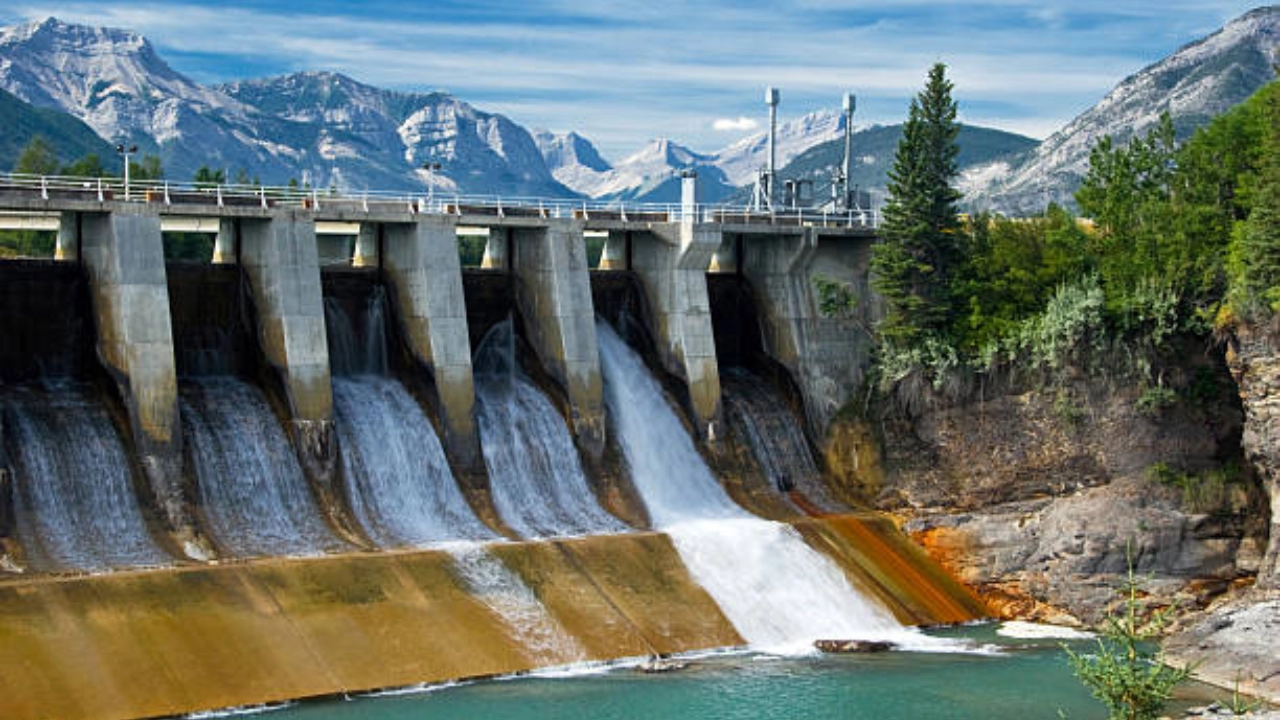|
The Maheshwar dam Maheshwar Dam is a significant hydroelectric project located on the Narmada River near Maheshwar, in the Khargone district of Madhya Pradesh. It is part of the larger Narmada Valley Development Project, aimed at harnessing the water resources of the Narmada River for power generation and irrigation. The dam was conceived to generate electricity to meet the growing power demands of the region. Though the project has faced delays and controversies, particularly around displacement and environmental concerns, it remains a key infrastructure development in the state. Maheshwar, known for its rich cultural heritage and famous Maheshwari sarees, is also a popular tourist destination, drawing visitors for its ancient temples, forts, and scenic riverside views. The dam adds to the importance of the region, balancing both modern energy needs and traditional cultural tourism.

Due to massive protests surrounding the Narmada project and the withdrawal of the World Bank
and bilateral aid donors from the Sardar Sarovar dam (downstream from Maheshwar in Gujarat), aid
from developmental organisations became unlikely. Subsequently, in 1993, the concession for the
project was awarded to S. Kumars, one of India's leading textile magnates, making Maheshwar the
first privately financed hydroelectric dam in India. In 1994, the project received a conditional
environmental clearance from the Central Ministry of Environment and Forests, MoEF.
The people to be affected by the project include titled land holders and long-term encroachers,
who count officially as "project-affected persons" or PAPs; their compensation from S. Kumars is
currently uncertain. In addition, a number of landless communities are directly dependent on the
river for their sustenance. About a third of these people are Kevats and Kahars, ancient
communities of fisherfolk, ferrymen, sand quarriers and cultivators of drawdown silt banks. If
the dam is completed, they will lose their only source of livelihood without compensation.
|